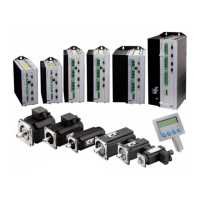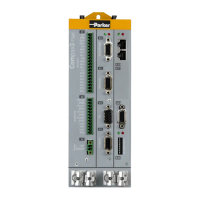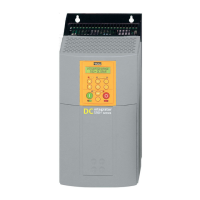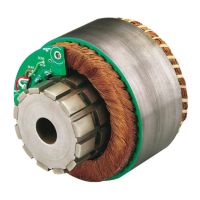Parker EME
Setting up Compax3
192-120113 N08 C3I12T11 - December 2010
V
test move
: Speed of the test movement
V
stimulation
: Speed of the excitation signal
static friction: Static friction
Example backlash: (for example in gearboxes)
Here, non-linearities are caused, if the tooth edges will turn from one side to the
other during measurement. The reason for this is a change of the sign of the force
transmitted by the gearbox.
In order to avoid this, you can try to transmit a constant torque by keeping a
constant speed and to avoid a change of the sign during the measurement by
choosing a relatively small excitation amplitude.

